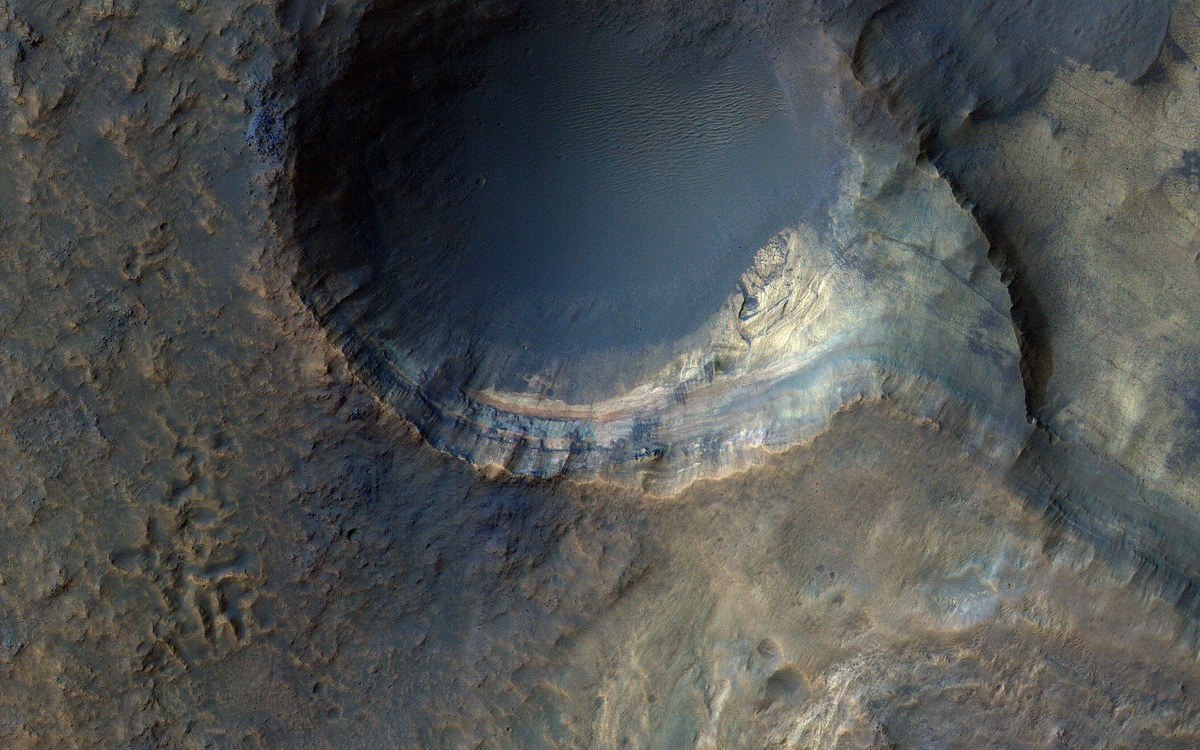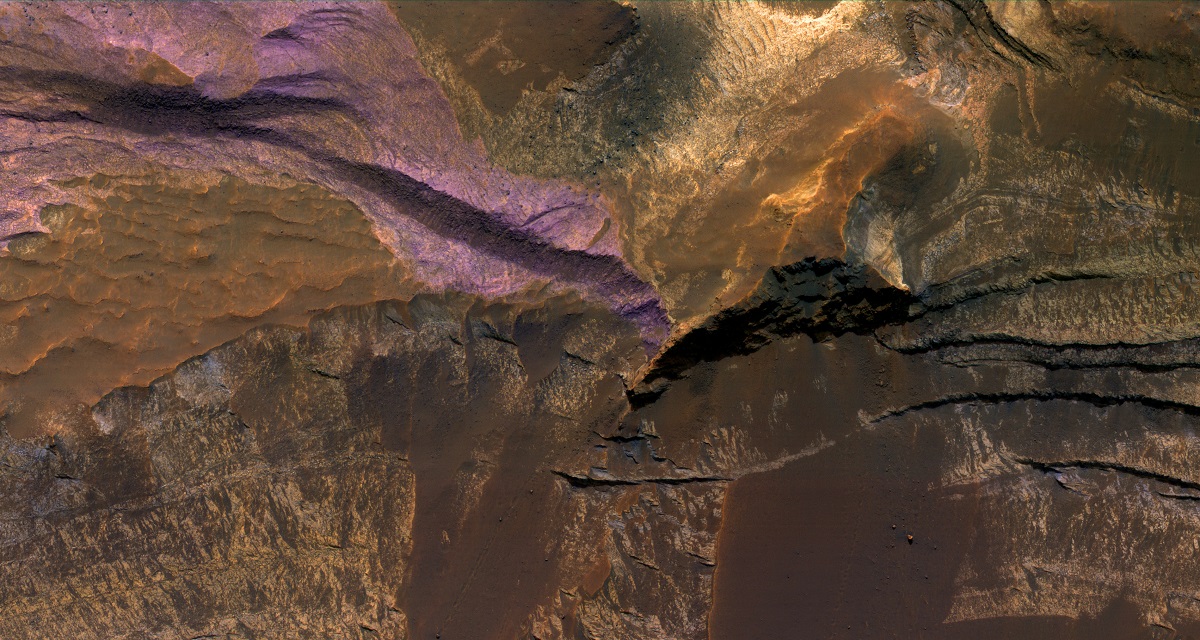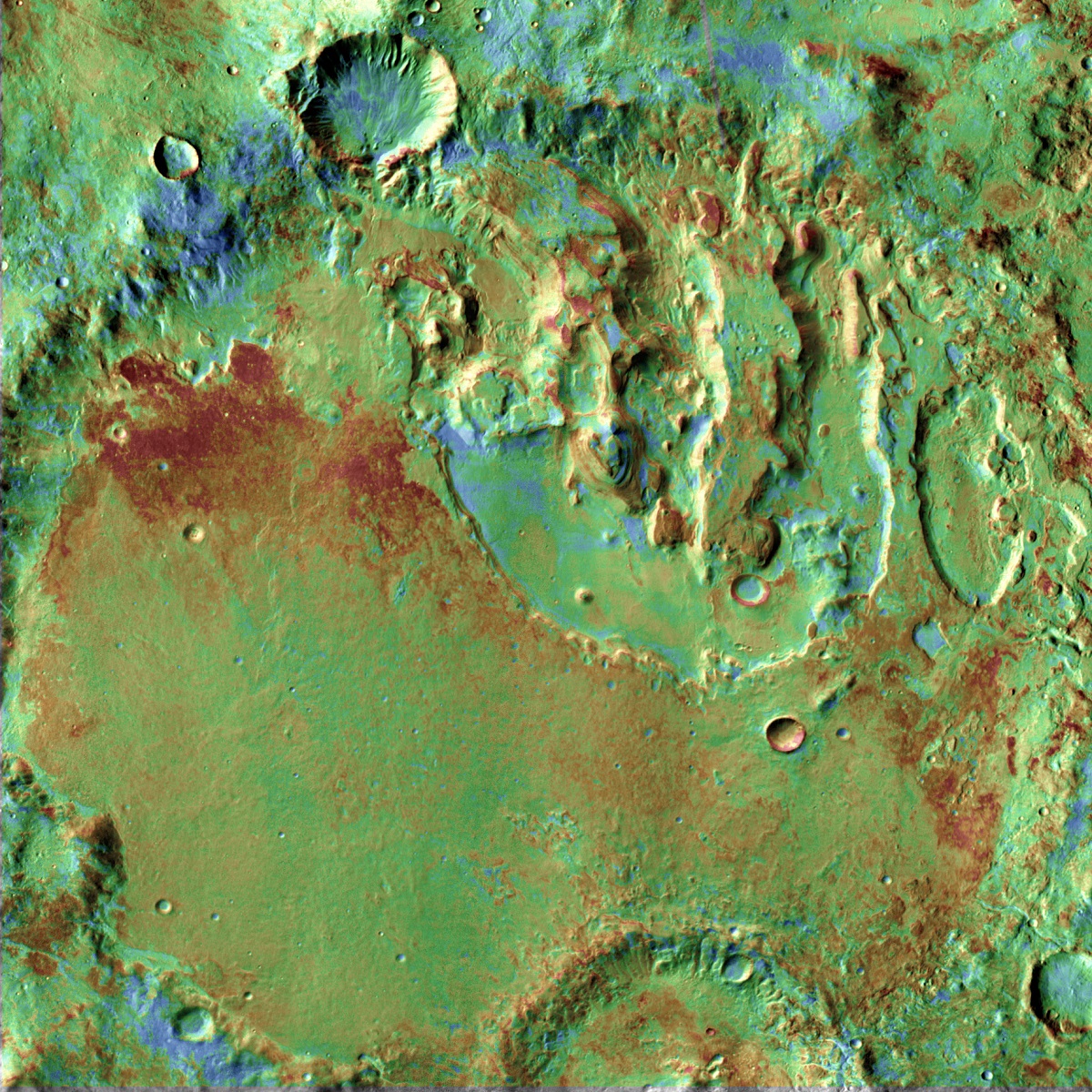Terby Crater
Terby Crater
We Build Custom 8K Mars Canvas Prints of Terby Crater
Terby Crater
Terby Crater ranks among Mars’ most captivating and scientifically invaluable geographical structures, serving as a treasure trove of information not only about the planet’s geological intricacies but also its climatic history and the tantalizing possibility of once-harbored liquid water. Named in honor of François Terby, a distinguished 19th-century Belgian astronomer who contributed significantly to the field of planetary science, this unique impact crater has garnered intense focus. It has been the focal point of an array of in-depth studies, satellite imaging projects, and space missions, all meticulously designed to unravel the myriad of complex geological layers, sedimentary formations, and geomorphological characteristics that the crater boasts. This ongoing research aims to provide a more comprehensive understanding of Mars’ multi-faceted geological history and perhaps shed light on the conditions that might have once made the planet more hospitable.
 Sedimentary Rocks inside Terby Crater
Sedimentary Rocks inside Terby Crater
Geographical Location
Terby Crater enjoys a prominent location in the southern highlands of Mars, specifically situated within the expansive and scientifically significant Hellas Planitia region, one of the largest and deepest impact basins not only on Mars but in the entire solar system. The precise geographical coordinates of the crater are approximately 28°S latitude and 74°E longitude. While many Martian craters exist as isolated geological features, Terby Crater presents a more complex scenario. It is uniquely positioned on the northern rim of the Hellas impact basin, effectively linking it to a broader geological context and making it part of a continuum of features that reveal the planet’s geological history. This positioning has elevated Terby Crater to become a key focal point for a multitude of scientific studies that aim to understand not just localized geological phenomena, but regional and even planetary processes as well. Adding to its scientific allure, the crater stretches across an impressive diameter of about 170 kilometers. This makes it one of the larger craters on Mars, and the expansive area it covers offers an enormous range of geological and geomorphological features for scientific investigation, further amplifying its significance in planetary science.
Geological Composition
When it comes to the geological composition, Terby Crater is a veritable treasure trove for planetary scientists, serving as a confluence of various geological processes and materials. A particularly eye-catching aspect of its geological makeup is the presence of intricately layered sedimentary deposits that are prominently displayed along its northern walls. These layers potentially preserve a long history of sedimentary deposition and erosion. Spectroscopic analyses conducted by various missions have yielded a rich tapestry of mineralogical data. Notably, these analyses have indicated a complex mineralogy that includes but is not limited to sulfates, hydrated minerals, and phyllosilicates. The presence of these specific minerals provides strong indications of past aqueous processes, thereby offering clues into the planet’s climatic and potentially even biological history. Beyond this, there are distinct regions within the crater that show the presence of basaltic rocks, providing evidence of volcanic activities in its geological past. The varied types of impact melts and breccias present in the crater further add layers of complexity to its geological history, suggesting a nuanced and multifaceted impact history involving multiple events and processes.
 Sedimentary Bedrock Diversity in Terby Crater
Sedimentary Bedrock Diversity in Terby Crater
Significant Discoveries
Layered Sedimentary Deposits
Among the groundbreaking discoveries at Terby Crater are the extensive, well-preserved layered sedimentary deposits, which are especially concentrated in the northern region of the crater. These sedimentary layers are considered geological archives, capturing invaluable information that can potentially reveal details about Mars’ intricate climatic and hydrological history over millions, if not billions, of years.
Mineralogical Indicators of Aqueous Activity
The discovery of a plethora of hydrated minerals and sulfates has been absolutely pivotal in scientific hypotheses that posit Terby Crater as a historical hub for water-based activity. The presence of these minerals not only points to ancient water activity but also raises complex questions about Mars’ historical climatic conditions, and potentially even its capacity to have supported microbial life in its past.
Signs of Erosional Processes
Terby Crater features signs of erosional processes that have almost certainly played an instrumental role in shaping its present-day topography. Various erosional features within the crater, possibly sculpted by both wind and water over extended periods, offer a unique research avenue for scientists aiming to understand the long-term weathering and erosional processes active on Mars.
 Terby Crater
Terby CraterScientific Missions
Mars Reconnaissance Orbiter
The Mars Reconnaissance Orbiter (MRO) has been nothing short of revolutionary in advancing our understanding of Terby Crater. Equipped with sophisticated instrumentation like the High-Resolution Imaging Science Experiment (HiRISE) and the Compact Reconnaissance Imaging Spectrometer for Mars (CRISM), MRO has been able to capture highly detailed images and spectral data that have proven invaluable for interpreting both the geological and geomorphological features of the crater.
Mars Odyssey
The Mars Odyssey mission, with its Thermal Emission Imaging System (THEMIS), has been another key player in enriching our understanding of Terby Crater. THEMIS has provided detailed thermal and mineralogical maps, substantially enhancing the granularity of our knowledge about Terby Crater’s complex geological composition. It has been particularly instrumental in the identification of thermal anomalies, helping to flag potential sites of ancient hydrothermal systems.
Geomorphological Features
Terby Crater boasts an incredibly rich array of geomorphological features, which make it a prime focus for advanced geological and geomorphological studies concerning Mars. The crater is characterized by complex layered terrains, well-defined gullies, elevated mesas, and a host of other fascinating formations. Many of these features are thought to have been formed through erosional processes, possibly driven by both water and wind. The complex pattern and widespread distribution of these features are not random; they suggest a history of intricate sediment deposition and subsequent removal. This combination of processes has likely been shaped by both aqueous and aeolian (wind-based) activities, adding further layers of complexity to the geomorphological story of Terby Crater.
Terby Crater is a significant Martian feature that provides a window into the planet’s complex geological and climatic history. Its unique geographical location, intricate geological composition, and wealth of geomorphological features make it a prime target for ongoing and future scientific investigations. The findings from various missions and studies have already expanded our understanding of Mars, especially in the contexts of its sedimentary processes, impact history, and potential for past water. Further exploration and study of Terby Crater could offer even more extraordinary insights into the Red Planet’s past and present.
Check out our 3D Mars Learning Center for more information on Mars and Terby Crater. You can also learn more at: NASA Mars Exploration.
More About Mars
Contact us today to learn more about our 3D services and how we can help you achieve your goals.





